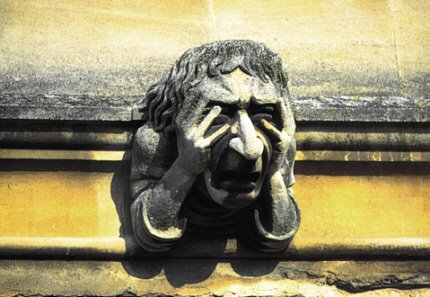Royal Loss
Untimely deaths, public and private mourning, and the monarchs who never were
November 6th 2012 marks the 400th anniversary of the death of Henry, Prince of Wales, son and heir of James I & VI. Describing the death of the 18 year old prince, Roy Strong remarked that ‘the sense of tragic loss at the time was such that he was to remain for long an ideal monarch England never had’. The anniversary of his death will be marked by an exhibition this winter at the National Portrait Gallery in London, ‘The Lost Prince: The Life and Death of Henry Stuart’. Significantly there is a current display at the NPG which focuses on the life and death of another heir to the throne of England who predeceased their father, Princess Charlotte of Wales. ‘Queens in Waiting: Charlotte and Victoria’, details the life of George IV’s daughter, and the public shock and outpouring of grief at her death in childbirth at the age of 21. It also conveys the dynastic crisis that ensued, as well as the impact of the dead Princess’s legacy upon her eventual successor, Victoria. As the deaths of Prince Henry and Princess Charlotte, as well as that of Princess Diana in modern times, demonstrate, untimely royal deaths have held both political and cultural significance in this country. In fact Royal deaths throughout history in England and elsewhere have resonated on both public and private levels both for contemporaries and succeeding generations. This one-day interdisciplinary conference will explore the rich and diverse topic of Royal death, loss and commemoration, and is open to applications discussing monarchies of any period and cultural and geographical background. Suggested topics may include but are by no means limited to;
• Royal Funerals
• Royal mourning and mourners – public and private royal grief
• Royal memorials (structural, musical artistic or literary) and Funeral monuments
• Epitaphs and Biographies in response to a royal death
• The death of royal infants and children
• The death of an heir to the throne
• Sudden, unexpected royal death – responses to, and fear of death from acute royal illness
• Progress and responses to long drawn out royal illness and death
• Responses to royal assassination
• Responses to royal execution
• Feelings of lost hope or potential and ‘what if’ myths of Royal lives that were cut short
• Royal widows and widowers
• Commemoration ceremonies - sermons, music, rituals etc.
• Apportioning blame for a royal death
• Dynastic and succession crises, precipitated by royal death
• Perceptions of Royal afterlife – for example apotheosis painting or literature, myths and ghosts, personal and public preparation of a royal individual for an afterlife
• Portrayals of royal deaths in popular culture and later popular history
• Forgotten Royal deaths
Proposals of 300-500 words should be sent to Sarah Betts at royallossyork2012@gmail.com by 31st July 2012



0 Comments:
Post a Comment
<< Home